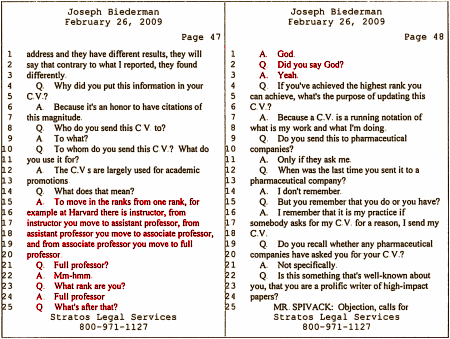In common with all medicine, the history of psychiatry is filled with silly and sometimes dangerous fads in diagnosis and in treatment. Unfortunately, one of the most distressing fads is happening right now. Childhood bipolar disorder used to be vanishingly rare, but has recently become far too common – in just 15 years, rates have jumped an amazing 40-fold. This has been accompanied by a remarkable increase in the prescription of antipsychotic and mood stabilizing drugs for teenagers, children, and even infants. These medications can cause serious complications – major weight gain, obesity, diabetes, cardiovascular disease, and possibly shortened life expectancy. Sudden death has occurred in a few cases where excessive doses and/or multiple drugs were given to very young children. How could childhood bipolar disorder suddenly become so common? Human nature doesn’t change fast, but diagnostic labels do – in this case, the label "bipolar disorder" is being applied loosely and carelessly to describe a wide variety of irritable and difficult-to-manage children. Whenever there is an apparent explosion in the prevalence of any mental disorder, the safe bet is diagnostic fad – not real change in people. And it is always a good idea to search for the factors that are feeding the diagnostic frenzy.The causes behind the surge in childhood bipolar disorder are no mystery – a combustible combination of overly influential thought leaders, aggressive drug company marketing, desperate parents, and gullible doctors. This false "epidemic" started at Harvard University. Prominent child psychiatrists promoted the seductive idea that developmental differences in children result in their having a different bipolar presentation than what is typical of adults. Rather than clear-cut cycles of mania and depression, bipolar kids were said to have continuous irritability, moodiness, and behavior problems. Supporters of this novel and largely untested developmental approach to diagnosis enthusiastically lobbied us to include a special criteria set for childhood bipolar disorder in DSM-IV, but we found the scientific support unconvincing and refused to do so. This did not inhibit the enthusiasm of the thought leaders in child psychiatry as they spread their new gospel that bipolar disorder is common and is commonly missed in youngsters who were previously considered to have a wide variety of other problems – including ADD, conduct or oppositional disorder, substance abuse, family or school problems, or moody-but-normal temperaments. Largely by fiat rather than science, childhood bipolar disorder was declared to be a big and open tent. Thus are diagnostic fads started…
There is some upside to the story; no "false epidemic" is ever without beneficiaries. Antipsychotics play a positive role for some kids who are extremely out of control — even if they don’t really have bipolar disorder. Most medicines in psychiatry have non-specific effects that cut across disorders. Antipsychotics can helpfully slow down some kids who need slowing down, whatever the cause of their troubled mood and behavior. But more often than not, the gains do not balance the enormous downside. The problem is not that medications are being used at all [sometimes they have to be], but that they are being used so much, so carelessly, so early in life, and for such inappropriate and sometimes trivial indications.

Those who are working on DSM-5 have been rightly concerned by the over-diagnosis of bipolar disorder and its over-treatment with often harmful medication. Their proposed solution to the dilemma is well intended, but badly misguided. They suggest introducing a newly invented and almost completely untested "diagnosis" that has variously been named "Temper Dysregulation" or "Disruptive Mood Dysregulation." The idea is to provide an alternative diagnostic label that is less likely than childhood bipolar to result in long term antipsychotic misuse. My fear is that this will badly backfire – that normal kids with temper tantrums who are now undiagnosed will be misdiagnosed and given inappropriate medicine. Hurried clinicians and harried parents may misinterpret the poorly-studied but fancy-sounding ‘Disruptive Mood Dysregulation Disorder’ as yet another indication for antipsychotics. DSM-5 risks making the already bad situation much worse…

The truth is, the school system in the US is as much to blame as pharma for this. The schools (public and private) are the ones who most often originally ‘diagnose’ and request treatment for kids. They are the ones who place the most pressure on the parents to medicate kids. Often times it is even a condition of enrollment. Without pressure from the schools, many parents would never seek treatment or medication for their kids.